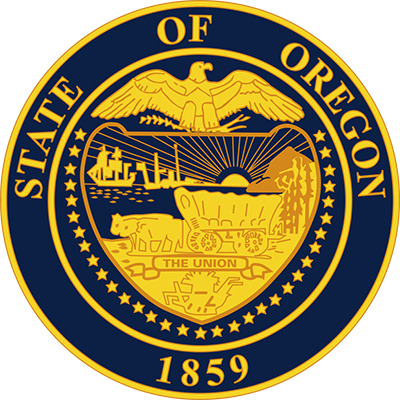Reporter for The Canyon Weekly
Oregon is initiating another process to develop wildfire risk maps for the state.
A previous effort, involving the Oregon Department of Forestry and Oregon State University’s College of Forestry, was recalled in 2022 amid withering criticism. The maps were mandated by Senate Bill 762, the 2021 legislation that was designed to serve as a comprehensive wildfire preparedness and resiliency bill after the fires that have plagued the state, including the Labor Day 2020 blazes that affected huge swathes of the Santiam Canyon.
The maps, developed by the OSU, were first released June 2021, but they were pulled shortly thereafter amid negative comments by residents and legislators. Concerns were raised about the accuracy of the maps, whether the process that resulted in their production was fair, and possible insurance challenges for property owners.
The goal of the program was fairly simple, establishing a wildfire risk for each property in the state, with those properties in the wildland-urban interface (WUI) in the high or extreme risk categories being required to fire-harden their buildings and establish defensible space by removing vegetation.

State Sen. Jeff Golden, a Democrat from the Ashland area and a key player in the risk map program, said that Senate Bill 80, the follow-up bill to SB 762, will help keep the project on task this time.
“The revisions this bill makes,” said Golden, chairman of the Senate Natural Resources Committee, “address the plain fact that we’ll meet the massive wildfire challenge ahead only through a rock-solid collaboration between state and federal agencies, local officials, community leaders and affected property owners. We’ll succeed if Oregonians see this as their program, not the government’s. SB 80 takes big strides in that direction.”
Golden offered strong praise for the 19-member Wildfire Programs Advisory Council “for guiding us over time towards a more effective wildfire program. The bill wouldn’t have been possible without their service.”
The updated map program still is required to use climate, weather, topography, and vegetation in assessing wildfire potential, but SB 80 added some pieces. The new maps must:
• Inform Oregon residents and property owners about their wildfire exposure by providing transparent and science-based information.
• Assist in prioritizing fire adaptation and mitigation resources for the most vulnerable locations.
• Identify where defensible space standards and home hardening codes will apply.
• Change from five “risk” classes to three “hazard” classes.
• Require eight meetings with county and local officials to review local draft maps.
• Limit the hazard class notification requirements to those in high-hazard zones that are also inside wildland-urban interface boundaries.
• Change the appeal process. Properties in a high hazard class may be appealed as a contested case hearing described in Oregon Revised Statute Chapter 183.
ODF and OSU still are working on the process and timeline for revising the maps. An earlier deadline of March 25 was missed as officials waited to see what came out of the legislative session. Here is what is planned:
• Complete a draft revision of the maps that includes both previously voiced concerns and changes from SB 80.
• Convene a rulemaking advisory committee to amend the existing administrative rules to conform with the new law and incorporate lessons learned during county meetings.
• Schedule and attend community meetings across the state – with a focus on the highest hazard areas – to discuss how wildfire hazard was determined, what it means for property owners, share updated community-level draft maps, and get public input.

• Draft property owner notifications and solicit input from the Wildfire Programs Advisory Council.
• Publish draft maps online.
• Send notifications to property owners in high-hazard zones inside the wildland-urban interface boundary, including instructions on how to appeal the designation.
• Publish the final maps online, including the results of successful appeals.
“ODF appreciates direction from the Legislature and the time to get the map right,” said Cal Mukumoto, the state forester. “We’re eager to engage communities and discuss the increasing hazard of wildfire across Oregon. Having the time to solicit and incorporate community input is critical to Oregonians understanding the environmental hazard of wildfire.”





